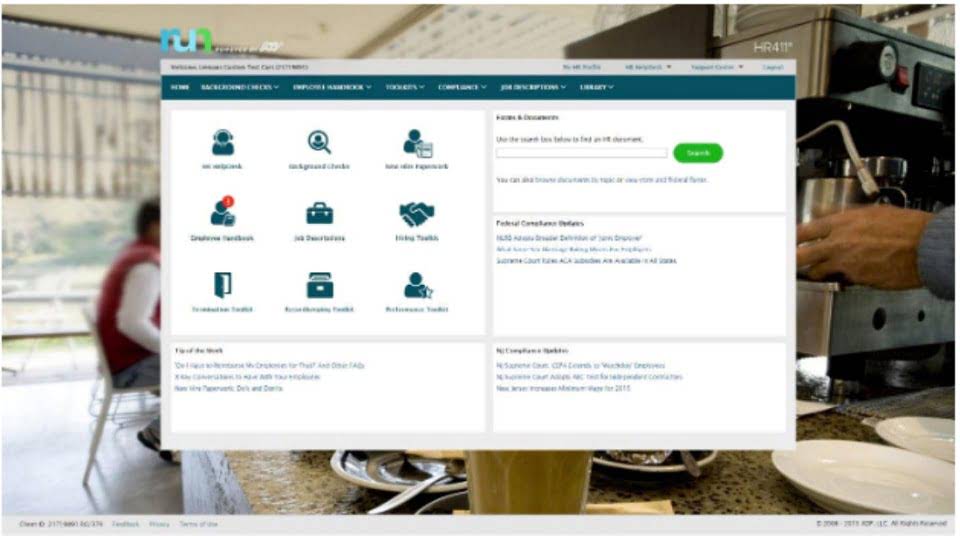
However, there’s a difference between a loosely understood process and a process that’s been documented, refined and… While customization is possible, this form is often kept unchanged due to its straightforward nature. Adjustments are made depending on the project’s requirements, such as when the need for an architect’s approval is waived in design-build scenarios. Don’t forget about retention amounts – these are typically withheld until final completion of the project as an assurance against defects or incomplete work at handover.
Change Order Management

Learn how to spot and neutralize the riskiest clauses in construction contracts, ensuring your project stays on track and on budget. At Archdesk, we spend a lot of time speaking to construction companies about the challenges they face – not least when it comes to creating normal balance effective and professional invoices. We’re not saying you can’t do that on Excel, but if you value your free time and sanity, you’re much better off with a specialist construction accounting software tool. Using a progress billing template or certified AIA forms ensures consistency and professionalism.
AIA-style progress billing method

Profitable businesses need to organize their processes so team members know what to do, and when and how to do it. Without a straightforward process, your administrative team may become frustrated and discouraged. However, with T&M billing comes important considerations for contractors and clients. The final project cost can often be difficult to predict for clients, leading to potential concerns about budget overruns. Fixed-price billing, also known as lump-sum billing, is a construction invoice common approach where the contractor and client agree on a total project cost before work begins. Unit price billing is a way for contractors to get paid based on the amount of work they complete, rather than a single lump sum for the entire project.
Construction invoice 101 Guide and Templates
- Luckily, I switched to Moon Invoice and found the hassles of stock and expense management getting faded.
- These expenses affect multiple projects at once and change based on work volume.
- This is especially important when working on public works and projects funded by government entities.On the risk-management side, each method has strengths and weaknesses.
- If payment hasn’t been received 10 to 15 days before the lien deadline, send your customer a notice of intent to file a lien.
- Utilizing construction billing software can also help automate compliance checks.
- These invoices are usually accompanied by documentation and progress reports to justify the claimed percentage completion.
This can result in uncomplete plans, https://www.bookstime.com/ unclear payment schedules, and underdeveloped project scopes. Additionally, there is no industry standard or agreed upon structure for cost-plus contracts. In this article, we will break down the five of the most common construction billing methods, taking a look at the advantages and disadvantages of each. This demonstrates your professionalism and provides assurance that things are on track. Maintain open communication with your clients and proactively remind them about upcoming payment deadlines or invoice disputes.

Construction Billing: Methods, Process & Best Practices

Centralized billing platforms facilitate real-time updates and seamless collaboration by providing all stakeholders with consistent and current project information. Coordinating billing across various project aspects can be cumbersome without the right tools. Integrated software solutions bring together different project management functions under one system, offering a unified view that enhances coordination and efficiency. Many contractors factor in a price allowance, such as a small percentage that provides the ability to increase the price of the project. Owners should discuss with the contractor the extent of any price allowances. Both the client and contractor should sign a document each time a payment is remitted.
This also allows for quicker invoicing as rates are pre-agreed and only the actual hours and materials used need to be tracked. This method is particularly useful for large projects with many different components, or projects where the exact number of materials needed is difficult to estimate upfront. Adding photo documentation to your pay apps can provide clarity of the day-to-day events and help keep all parties informed. Especially with the convenience of cell phone photo quality, this step is an easy way to provide evidence if your company is facing a claim or dispute.
- Using construction billing software can help automate record-keeping and ensure compliance with contract terms.
- Make sure you understand all applicable regulations related to retention amounts in your area before starting a new project.
- In construction, smooth project billing is essential because it’s how contractors get paid.
- The invoice summary feature of Billing Link®️ offers a snapshot of your billing status with just one click.
- Cloud-based solutions can make forecasts more reliable by providing instant data access.
- The completion percentage billing supported by Buildern operates on a distinctive yet highly efficient premise.
Cost-Plus
Projects should have a clearly defined scope to minimize the financial risk for the contractor. When completing AIA billing forms, the change order section often presents difficulties. It’s important to include only approved change orders for the billing period and to ensure the dates align with the pay application time period.
- Once you’ve set up the basics, we can handle your recurring bills, get rid of old invoices, and make sure that your progress payment tracking stays accurate and organized.
- Now, that doesn’t mean that substantial payment talks can’t happen in person, over the phone, or via text.
- This method is common in large infrastructure projects like road construction.
- And if you’d rather not handle billings at all, hiring an accountant either part-time or on staff can be a worthwhile expense.
- Detailed invoices start with maintaining detailed records of the money spent on labor and materials.

This method receive payment is common in consultancy or speciality construction services where ongoing availability is required. Guaranteed maximum price (GMP) billing limits the total project cost, ensuring that the contractor cannot exceed a specified maximum amount. Any savings below this cap may be shared between both the contractor and the client as an incentive.
Key Elements of Civil Billing:
Contractors and owners should always ensure they fully understand the contracts they sign. This includes reading the entire contract and comprehending the billing method outlined in it — including what kind of record keeping and administration will be required to apply for payments. Unit pricing is a method contractors can use to boil down project prices into blocks of work and then charge for each block (or unit) they complete. Unit pricing can be used in combination with any other billing method to get really granular with costing by detailing hours of work, cubic footage of concrete, and the equipment used. Construction billing always refers back to the contract terms that dictate how contractors will charge for their work. Contractors should leverage technology to streamline billing processes, but never at the expense of accuracy and adherence to contractual obligations.


